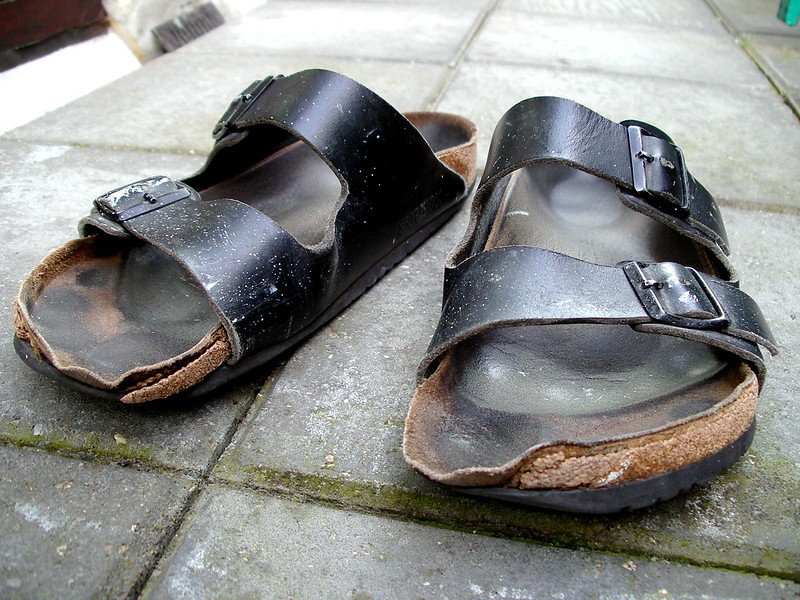What is art? Can a utilitarian object, even if it is iconic, be called a work of art? These controversial questions have recently had to be answered, at least from a legal point of view, by the German courts following a lawsuit by Birkenstock.
The German company that makes the famous sandals wanted to fight the competition from copies on the shelves and in online shops in a highly original way. In a court case, it asked that Birkenstocks be regarded as works of applied art and thus given strong copyright protection. On this basis, the company sought an injunction to prevent its competitors from producing imitation sandals and to order them to recall and destroy those already on the market. The defendant companies were not identified in the court statement. Under German law, copyright protection lasts 70 years after the death of the creator, while design protection is linked to the life of the product and ends after 25 years.
According to the German news agency dpa, the case was heard by two lower courts, which disagreed on the issue. A regional court in Cologne initially recognised Birkenstock as a work of applied art and granted the orders. But Cologne's higher regional court overturned the orders on appeal, saying it could not see any artistic achievement in the sandals, which are characterised by cork and latex soles.
A few days ago, the Federal Court of Justice in Karlsruhe agreed with the Court of Appeal and dismissed the case. "The claims are unfounded because they (the sandals) are not copyright-protected works of applied art," said presiding judge Thomas Koch. According to the Federal Court of Justice, a product cannot be protected by copyright if "technical requirements, regulations or other constraints determine the design". The court added that "for copyright protection to apply, there must be such a degree of design that the product has a certain individuality".
The legal distinction between design and art in German law lies in the purpose of a product. Design serves a practical function, whereas works of applied art require a recognisable degree of individual artistic creativity.
The Birkenstock dynasty
Birkenstock, was founded in 1774 by Johann Adam Birkenstock in Neustadt (Wied), Rhineland-Palatinate, Germany. The company was run by the namesake family for six generations until it sold a majority stake to L Catterton, a U.S. private equity firm backed by French billionaire Bernard Arnault and his luxury goods empire LVMH. Shoemaker and Birkenstock dynasty member Karl Birkenstock, born in 1936, is alive. However, since he crafted his initial designs some sandals no longer enjoy design protection.
The original aim of Birkenstock was to create anatomical shoes that supported and moulded the contours of the foot, as opposed to the flat soles of many shoes at the time. In 1896, the company designed the first footbed sandals, and by 1925, Birkenstocks were being sold throughout Europe.
In 1966, Margot Fraser, a German-American fashion designer based in Santa Cruz, California, brought Birkenstocks to America for the first time. She had previously travelled to a spa in Germany because she was suffering from a foot ailment caused by her shoes. Fraser found relief in Birkenstocks and was thrilled to begin importing them into the US. At first they were not well received. Some stores refused to sell them because they were considered too rough. However, the comfort and foot-friendly feel of Birkenstocks won over hippies, Californians in the high-tech movement and, of course, medical professionals.
The last years Birkenstock sandals, have evolved from a symbol of counterculture to a trendy fashion item. The sandals gained widespread attention after Australian actress Margot Robbie wore a pair of pink Birkenstocks in the final scene of the 2023 hit movie "Barbie".
--
Photo credit: Phil Gyford
Photo source








